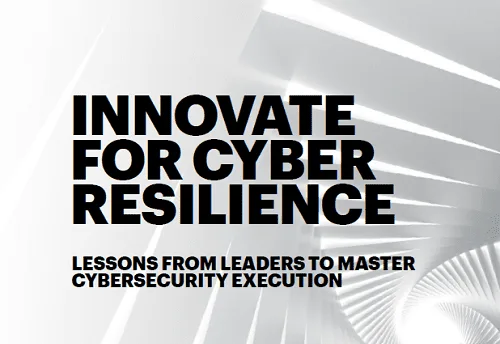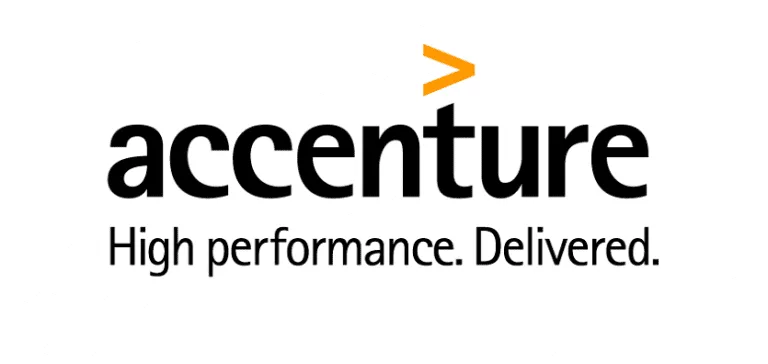Third Annual State of Cyber Resilience
Lessons from Leaders to Master Cybersecurity Execution
At first glance, the basics of cybersecurity are improving and cyber resilience is on the rise. Our latest research shows that most organizations are getting better at preventing direct cyberattacks. But in the shape-shifting world of cybersecurity, attackers have already moved on to indirect targets, such as vendors and other third parties in the supply chain. It is a situation that creates new battlegrounds even before they have mastered the fight in their own back yard. At the same time, cybersecurity cost increases are reaching unsustainable levels and, despite the hefty price tags, security investments often fail to deliver. As a result, many organizations face a tipping point.
There is good news for organizations wondering if they will ever move beyond simply gaining ground on the cyber attacker. Our analysis reveals there is a group of standout organizations that appear to have cracked the cybersecurity code for innovation. Detailed modeling of cybersecurity performance has identified two distinct groups: the first an elite group—17 percent—that achieve significantly higher levels of performance compared to the rest. These organizations set the bar for innovation and achieve high-performing cyber resilience. The second is the group forming the vast majority of our sample—74 percent—who are average performers, but far from being laggards in cyber resilience. This second group has lessons to learn from our leaders while leaders, too, have further room for improvement.
Being innovative in security is different to any other aspect of the business. Caution is necessary. After all, a fail fast approach is not an option for security where attack vulnerabilities could be catastrophic. Growing investments in innovation illustrate organizations’ commitment to prevention and damage limitation. And it is here that leaders excel. By focusing on the technologies that provide the greatest benefit and sustaining what they have, they are finding themselves moving fast and first in the race to cyber resilience.
What is one key to secure innovation? Leaders show us that they scale, train and collaborate more. So, while non-leaders measure their success by focusing on the destination— improved cyber resilience—the leaders focus on how to get there using warp speed to detect, mobilize and remediate.
In the Accenture Third Annual State of Cyber Resilience report we take a deep dive into what sets leaders apart. Based on our research among 4,644 executives and backed by our knowledge and deep industry expertise, our findings aim to help organizations innovate securely and build cyber resilience to help grow with confidence.
In this cybersecurity report, we show how organizations are coping with cybersecurity demands since our last analysis and explore what our large sample of non-leaders can do to master cybersecurity execution and drive innovation success.


